Great Wonders Lecture Series
Learn about the seven wonders of the world and other great monuments of archaeological interest. Lectures occured between October 2015 and June 2016.
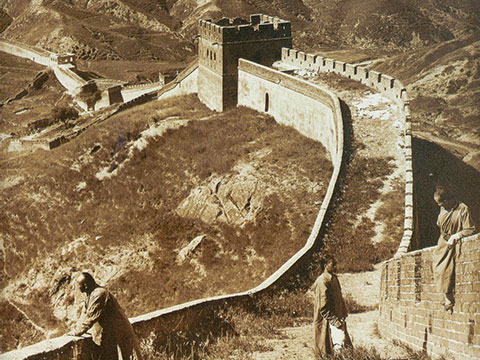
Length: 1:11:35
Great Wonders: The Great Walls of China
The Great Wall is most familiar to us as the massive masonry fortifications snaking dramatically over the mountains north of Beijing. These were constructed in the sixteenth and seventeenth centuries by the Ming Dynasty to protect their capital from ...
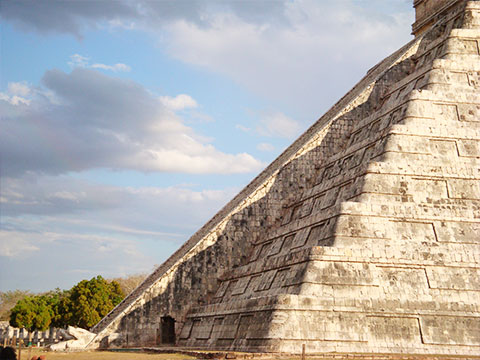
Length: 48:21
Great Wonders: Chichen Itza: An Alien City in the Maya Lowlands
Lecture given by Dr. Simon Martin, Associate Curator and Keeper of Collections, American Section. Every spring and autumn equinox thousands of people gather at the base of "El Castillo"—the pyramid at the heart of one of the ancient America's most ...
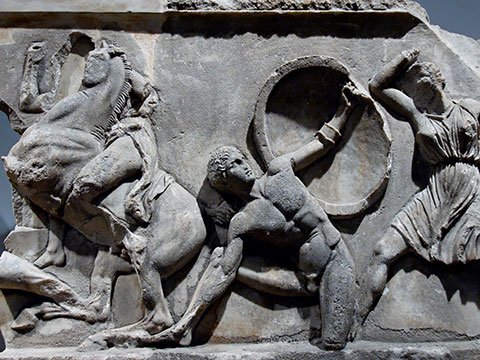
Length: 50:41
Great Wonders: The Mausoleum of Halicarnassus and its Successors
Each of the "wonders" in the ancient world was intended to symbolize the builder's political and economic power, and to serve as a template for future monuments to such power. In most cases they succeeded: the statue of Olympian Zeus was used as a mo...
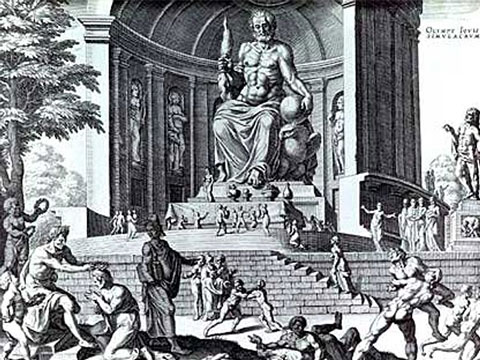
Length: 47:58
Great Wonders: The Statue of Zeus at Olympia
The Statue of Zeus at Olympia, in southern Greece, was counted as one of the Seven Wonders of the Ancient World and was even singled out for the awe it inspired in all who beheld it. It was a monumental work of art – more than 40 feet tall, made ...
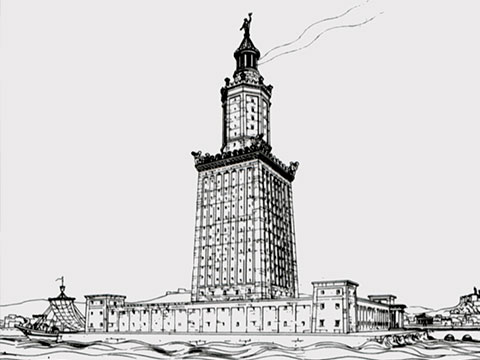
Length: 1:03:25
Great Wonders: The Lighthouse at Alexandria: The Pharos in the land of the Pharaoh
Lecture given by Jennifer Houser Wegner, Ph.D., Associate Curator, Egyptian Section. Founded by Alexander the Great in 332 BCE, the city of Alexandria grew to become one of the most important cities in the ancient world. Alexandria was a hub of intel...
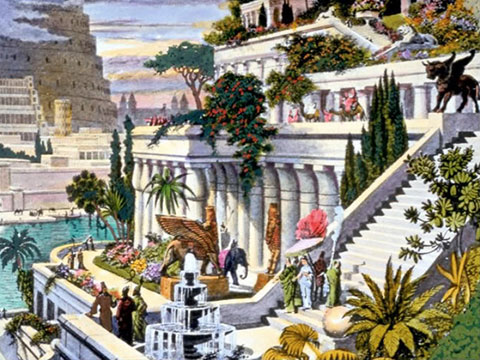
Length: 58:50
Great Wonders: Searching for the Hanging Gardens of Babylon
Grant Frame, Ph.D., Associate Curator, Babylonian Section. The Babylonian king Nebuchadnezzar II (604–562 BCE) is infamous in the Bible for having destroyed the Temple of Jerusalem in 586. However, he is famous in classical sources for having built...
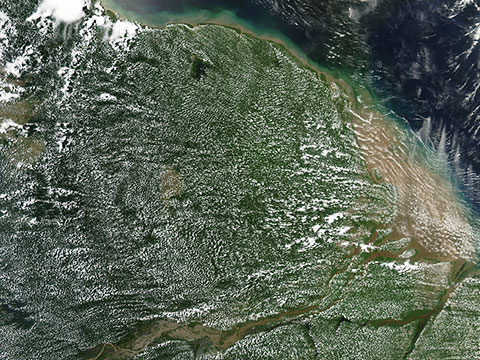
Length: 55:56
Great Wonders: The Monumental Geoglyphs of Amazonia
Traditionally, the archaeologists have the vast Amazon region of South America to be a cultural backwater compared to the better-known civilizations that developed in the Americas. Scholars stress the limitations of tropical environments and lack of ...
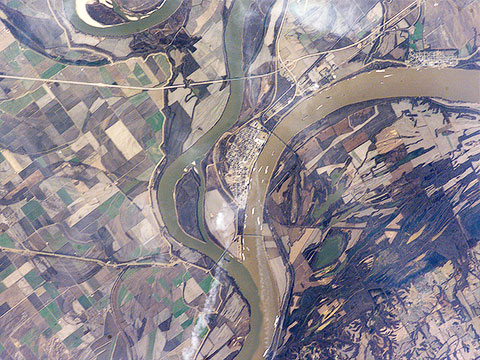
Length: 38:55
Great Wonders: Monumental Grandeur of the Mississippi Valley
Stretching over 2,500 miles from Minnesota to the Gulf of Mexico, the Mississippi River has been called "the Nile of North America." Like its counterpart in Egypt, the Lower Mississippi Valley is among the richest archaeological regions on the contin...
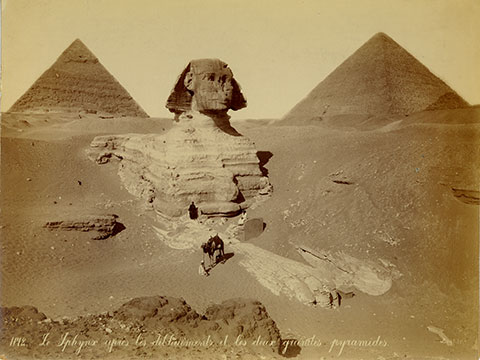
Length: 47:38
Great Wonders: The Great Sphinx and the Pyramids of Giza
Dr. David Silverman, Curator-in-Charge, Penn Museum, Egyptian Section, presents the opening lecture in the Great Wonders Lecture Series. The most recognized of the Seven Wonders of the Ancient World, Giza's pyramids and Sphinx have fascinated humanki...

